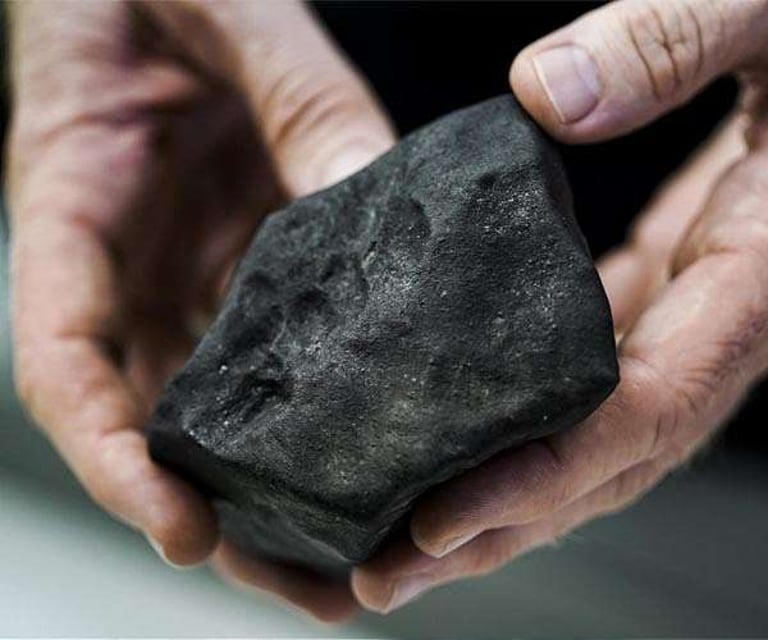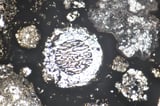Giant Planets' Role in Chondrule Formation Sheds Light on Early Solar System Evolution
August 25, 2025
Recent research indicates that not only Jupiter but also other giant planets like Saturn may have played a significant role in the formation of chondrules, the tiny molten droplets found in meteorites, which helps scientists understand the sequence of planetary formation in our solar system.
By examining these chondrules, scientists can gain broader insights into planetary system development, as their formation was likely influenced by the gravitational effects of multiple giant planets.
The study suggests that the formation of additional gas giants such as Saturn could have caused further chondrule production, accounting for the varying ages of these droplets observed in meteorites.
Chondrules, which range from 0.1 to 2 millimeters in size, were formed approximately 4.6 billion years ago during high-speed collisions between rocky and icy planetesimals, driven by Jupiter's gravity.
Using computer simulations, researchers from Nagoya University and INAF-Turin successfully recreated Jupiter's formation environment, producing realistic chondrules that match meteorite data.
The peak formation of chondrules occurred about 1.8 million years after the start of the solar system, coinciding with the period when Jupiter was forming.
These chondrules were incorporated into asteroids, some of which later collided with Earth as meteorites, providing valuable clues about early solar system processes.
The findings offer important insights into planetary system formation and suggest that violent planet-building processes are common throughout the universe, potentially applicable to other star systems.
This new method of dating planetary formation opens up possibilities for studying the development of planets in other star systems, enhancing our understanding of planetary evolution beyond our solar system.
Summary based on 3 sources
Get a daily email with more Science stories
Sources

Phys.org • Aug 25, 2025
Molten rock raindrops help trace the history of Jupiter's formation
Cosmos • Aug 25, 2025
Scientists date the origin of Jupiter by studying ancient droplets